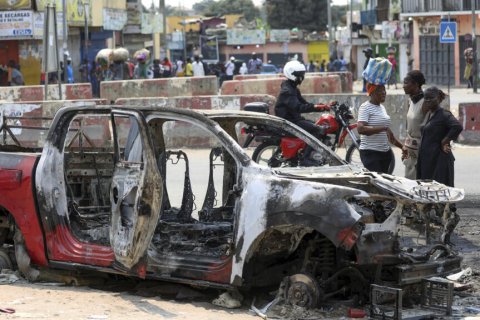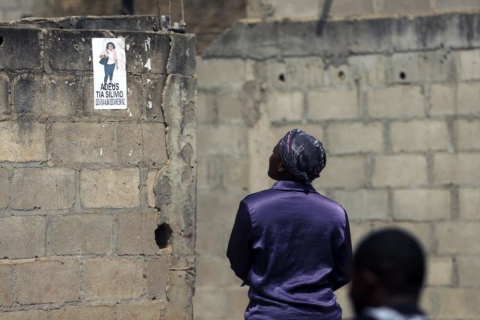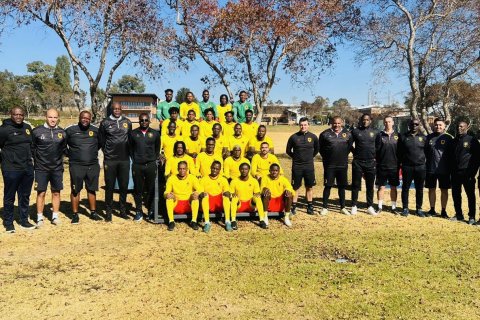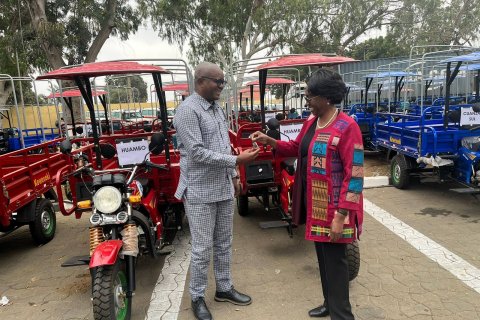"I believe that the repressive apparatus of the MPLA and the Angolan government is sufficiently robust at this time to contain these demonstrations, which are very inorganic," Fernando Jorge Cardoso, a visiting professor at the Autonomous University of Lisbon and an expert on African affairs, told Lusa.
Constitutionally barred from running for a third presidential term, João Lourenço's only option is to run again for secretary-general of the party to become the leader of the MPLA and, in doing so, seek to influence the party's presidential candidate selection, he believes.
For Fernando Jorge Cardoso, theoretically, João Lourenço's continuation as president of the Republic can only be achieved in two ways: by a coup d'état or a constitutional revision.
"Any constitutional change, no matter how small, requires at least two-thirds of the deputies. And the MPLA doesn't have two-thirds of the deputies. It has much less than that. In other words, UNITA, with its 90 deputies, prevents any constitutional change along these lines. Therefore, unless there's a coup d'état, which won't happen, João Lourenço won't be the next President of the Republic in 2027," he argues.
Fernando Jorge Cardoso believes that João Lourenço will seek to continue leading the MPLA, but, he adds, "there's no guarantee that any instructions he gives will be followed by the party itself."
"The party has, let's say, its instinct for self-preservation in power, and from the moment people are already sensing that he [João Lourenço] will no longer hold power, as that moment approaches," he believes, that will be the great challenge in Angola.
Regarding the violent protests that have taken place in the capital since Monday, Fernando Jorge Cardoso emphasizes that they reflect the fact that Luanda has approximately 4 million inhabitants "with a growing unemployment and informal underemployment rate, and a regime trapped in its own web."
The violent protests coincided with a taxi operators' strike against the end of fuel subsidies and demonstrations against the rising cost of living.
The authorities' provisional toll points to 22 deaths, 197 injuries, and 1,214 arrests in the two days of unrest, according to data released by the Minister of the Interior, Manuel Homem, at the end of the Council of Ministers meeting this Wednesday, where they reviewed the situation over the past two days, marked by acts of vandalism in the capital.
Regarding the protests, marked by vandalism and looting of warehouses and commercial establishments containing food and other consumer goods, Fernando Jorge Cardoso maintains that the Angolan authorities simply "deployed their entire repressive apparatus and thus managed to contain" the demonstrations.
"In fact, the country's capital is the main center of power, and the country's capital is highly controlled, and I don't believe that spontaneous demonstrations will do anything more than create some instability and harm, particularly to businesses and individuals. However, in my view, they won't pose any major problems to the authorities," he adds.
The university professor says that, if he were a government official, "only as a last resort" would he change fuel prices.
"And only if he were very certain would he be able to explain this to the people. But even if he did, no one would probably believe him, or they would say the correct thing: 'Put the money you took abroad back in here, instead of taking it from us,'" he concludes.







